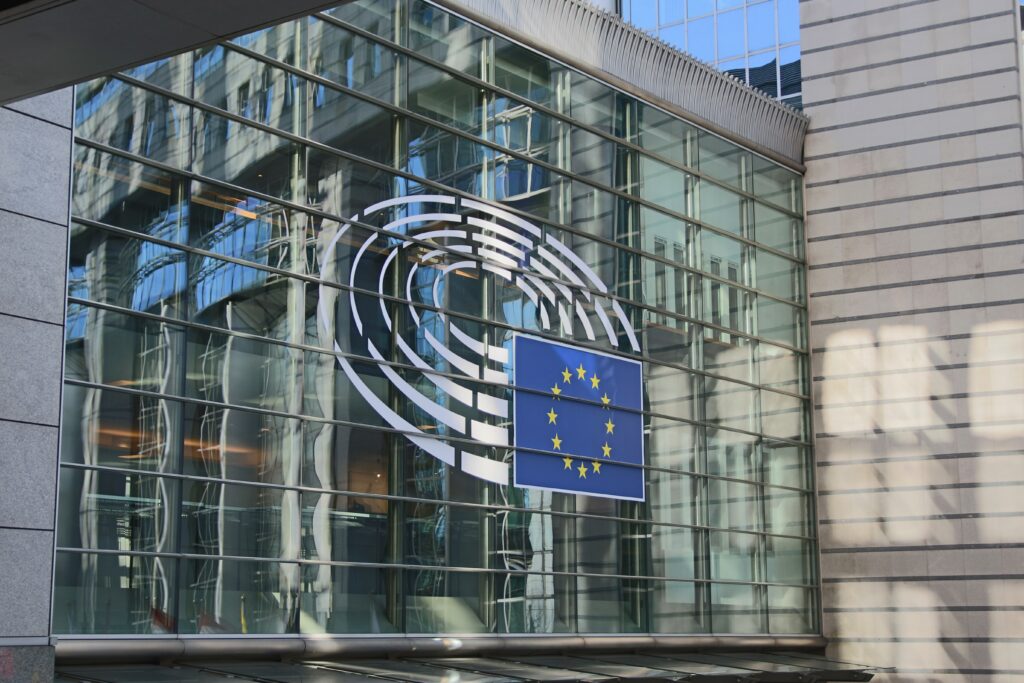
Dear Fashion: Let’s Step Up and Get Aligned
In a recent opinion editorial with WWD, CEO Colin Browne argues fashion needs to take more serious and coordinated action on sustainability. Read the highlights here!

Jeremy Lardeau, vice president Higg Index at the Sustainable Apparel Coalition (SAC), joined the “Net Zero and Well-Being in Life” virtual workshop jointly organized by the G20 Presidency of India and the G7 Presidency of Japan, and hosted by Boston Consulting Group. The objective of the workshop was to share good practices on demand-side politics and business initiatives, fostering efforts to accelerate changes in consumer lifestyles and behaviors related to climate change and the environment. Attendees included governments, businesses, and organizations from G7/G20 countries and the European Union.
The panel was moderated by Makoto Morihara, Managing Director & Partner at Boston Consulting Group. In addition to Lardeau, it included Kawamata Kotaro, Director, International Strategy Division, Global Environment Bureau, MoE Japan; Nameeta Prasad, Joint Secretary to the Govt of India, Ministry of Environment, Forest and Climate change, India; Seema Arora, Deputy Director General, Confederation of Indian Industry; Nicolina Lamhauge, Coordinator, Environmental Policies, Social and Distributional Outcomes, OECD Environment Directorate; Kiwamu Inoue, Assistant Manager, External Relations Department, Tokyo office, DAIKIN INDUSTRIES, LTD; Valérie TO, Project manager at the sustainable agriculture and food office, Department of the Commissioner General for sustainable development, Ministry for an Ecological Transition and Territorial Cohesion, France; Frederico Akira Campos, Country Manager, Braskem Japan, Braskem; Claire Poole, CEO, Sport Positive; And Rohan Sheth, Chief of Staff, Olio Exchange Limited.
Lardeau presented an overview of the SAC’s Higg Index tools as a common sustainability performance language, then dove into the use of environmental footprint data for on-product claims and labels. He noted that environmental footprint labels may not be as effective to drive positive change up the supply chain, and referenced a 2020 Compare Ethics study which found that only 20 percent of consumers trust eco labels. Lardeau shared that beyond footprint data, consumer education and engagement is key to better environmental outcomes in the apparel industry. “We believe that over the long term, some well-intentioned design decisions and efforts not to overburden consumers with heavy or scientific terminology have resulted in communications which are not radically transparent or have allowed for lower levels of consumer literacy on important issues in product design or manufacturing,” Lardeau said. Finally, he warned that an unregulated space breeds potential for greenwashing, but also greenhushing, so it is paramount that effective and harmonized regulation provide certainty and credibility to product environmental claims.


The European Commission last week announced that it has postponed the publication of its much awaited Substantiating Green Claims Proposal, a global initiative which aims to provide clarity to brands on communicating green claims and avoiding greenwashing. The Proposal is now expected in Q1 2023.
There is no question that the apparel and footwear sector must drastically reduce its social and environmental impact. However complex this is to achieve, it is imperative that there is a clear, robust, standardized and mandated approach, which is why the Product Environmental Footprint (PEF) is being created. It is vital, and so the current delay to the proposal must not weaken or impede its implementation.
As a unique public / private partnership for the common good, the PEF has been designed to create a common language and method for calculating a product’s environmental footprint, steering organizations to undertake reliable environmental measurements, providing a foundation for trustworthy sustainability claims and combating greenwashing. Achieving this common language requires compulsory and like-for-like measurement. The PEF was never intended to capture elements such as social and labor impacts, commercial interests, production volumes, nor animal welfare. Other legislative proposals in process will look to capture many of these, and may find their way into the PEF at a later stage following the development of internationally-recognized methods.
The PEF Category Rules (PEFCR) for apparel and footwear is still being considered by EU policymakers as an integral part of the policy response to the environmental impact of the apparel industry The European Commission and its partners have invested nine years in the development of the PEF to where it is now – a truly multi-stakeholder and expert engagement process with representation from across the sector. Using LCAs based on globally recognised and widely accepted, credible scientific approaches, the process has involved brands, retailers, manufacturers, industry associations, material associations, academics and civil society, who have pooled their knowledge and expertise to build a science-based methodology that has the potential to dramatically shift and improve the industry.
The PEF being recognized across the single market as the foundation for future proposed legislation such as the Ecodesign for Sustainable Products Regulation and without the possibility for individual member states to refute or challenge it as a mechanism to substantiate green claims is of very significant value. Without a clearly defined framework based on clear scientific foundations, such as the PEF, there would be a fragmentation of regulatory implementation in the single market. The door would be open to a range of alternative methodologies ranging from less stringent requirements, which could make greenwashing easier, prevent comparability of the claims, to more complex requirements, which could be unworkable at best, and would most likely impose significant costs on business, particularly SMEs, thereby placing them at a distinct disadvantage.
As the science evolves, so too must the PEF – constantly evolving, growing and strengthening to achieve its ambition – but waiting for total perfection before moving forward will cause more damage than benefit. To date, PEF still represents the most holistic, scientifically-grounded method for assessing the environmental impact of a product, reducing inconsistencies in how life cycle assessments (LCAs) can be interpreted.
We firmly believe action needs to start today, not further down the line while further revisions are developed, consulted on and piloted. We need clear legislation that removes confusion and supports positive business action.
We call upon the European Commission to be unflinching in its commitment to the PEF in its upcoming legislative proposals and to keep a firm eye on the ultimate goal that everyone must commit to – a sector that operates with less harm whilst empowering consumers to purchase more responsibly.
Note: As an organization that brings together members from around half of the textile and apparel industry, the SAC was invited by the EU Commission to convene the PEF Technical Secretariat with the objective of supporting the collaborative development of the global Product Environmental Footprint Category Rules (PEFCR) for apparel and footwear. The SAC therefore acts as the facilitator of the collaborative, multi-stakeholder process, created to develop a methodology independent of any one organization or company or interest group.